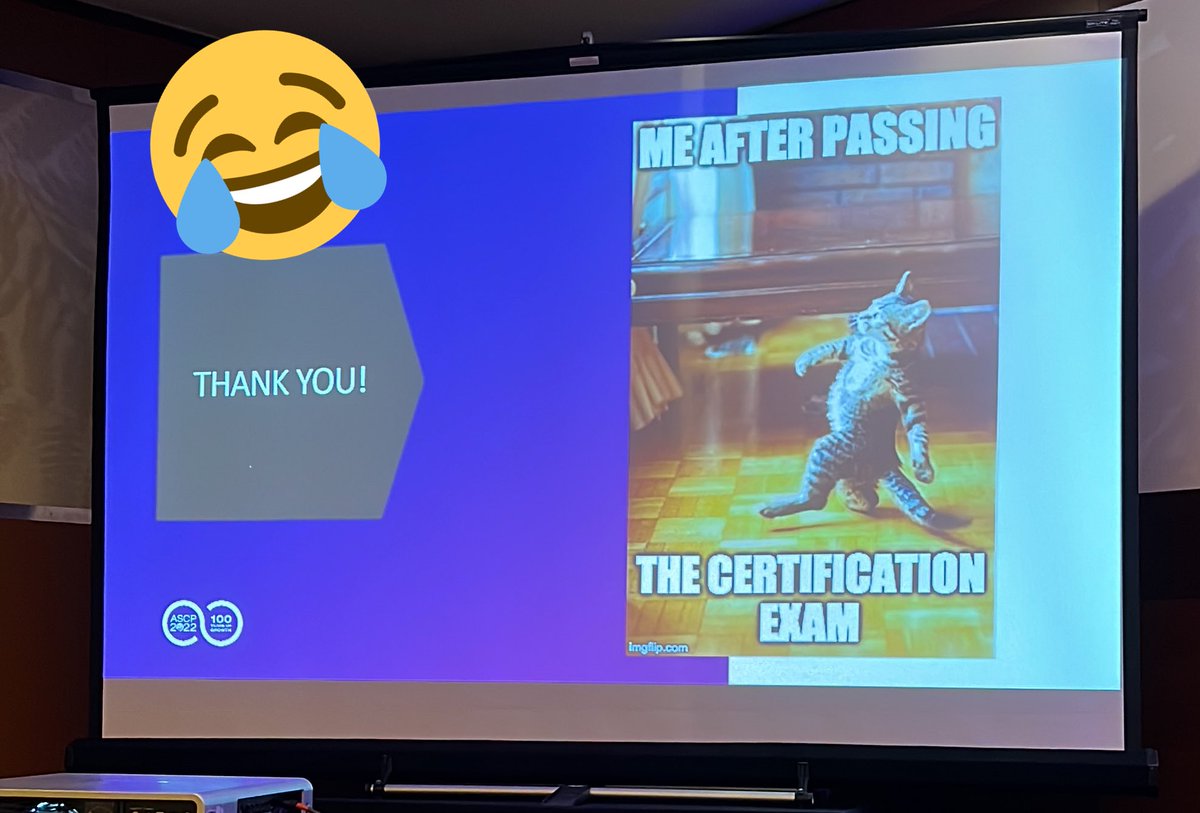
And ticks capable of carrying Lyme disease were reported in 83 counties where they hadn't been recorded before. Unexpected ticks turned up in unexpected locations, like Lone Star ticks you'd expect to find in the Southeast as far north as Maine and as far west as California. Though researchers weren't on the hunt for new tick-borne pathogens, they did uncover some surprises. Image: James Gathany/Public Health Image Library They sent information on the pathogen back to the people who submitted ticks and mapped their geographic distribution.Īn adult female western blacklegged tick, Ixodes pacificus, which has been shown to transmit Borrelia burgdorferi, the agent of Lyme disease. Once ticks made their way into the lab, the team identified them and tested them for four tick-born pathogens, including Borrelia burgdorferi, the bacterium that causes Lyme disease. In the meantime, it fed scientists an unexpectedly large dataset, and information on ticks from 49 states and Puerto Rico. "Then all of a sudden it was over 16,000." The massive response shows how hungry the public is for information on the ticks that bite them, he says. Most had been removed from humans or dogs-and there were many more than they originally planned for. In this case, researchers received thousands of ticks. Usually, Nieto says, scientists collect around 100 ticks at a time for local research using surprisingly low-tech methods (such as dragging a long swath of fabric behind a truck, then counting the number of ticks it catches).

But when it comes to assessing the risk of potential infection from tick-born pathogens, figuring out which ticks commonly bite humans, what pathogens they carry, and how many people actually get sick from bites, the picture's always been blurry. Public health officials track the number of reported cases of tick-borne diseases, and researchers can study ticks in their local habitats. They say it shows the potential of citizen science to fill in gaps in research-and that data gathered this way could ultimately help form a more proactive public health response when it comes to identifying and preventing tick-borne disease. Nieto, a microbiologist at Northern Arizona University, and his team published the results of their brief tick-collecting experiment Thursday in PLOS One. Nieto's project wasn't just a goodwill gesture: It was an unprecedented attempt to include the public in tick research. You'd get back info on the critter that bit you and, if applicable, a pathology report.
NIETO LAB TICK TESTING FREE
But between August 2016 and January 2017, you could have gotten a free analysis by sending it to Nathan Nieto's lab at Northern Arizona University. Tick tests are not typically covered by medical insurance, even though our consultants and possibly your physician may advocate having the tick analyzed for risk of infection.Could the tick that just bit you carry a pathogen that causes Lyme disease or another ailment? If you're worried, you could ship the offending bug to a private testing service to find out. Information about the submitter is used only for the purpose of processing the sample, handling the payment and communicating with Ticknology, LLC. Results from your tick test are kept private and individuals submitting ticks remain completely anonymous. Importantly, it is encouraged that results are shared with a physician during a consultation. Tick tests do not provide clinical diagnosis of disease and we do not practice medicine nor do we provide medical advice.


However, our tests are not to be used as a substitute for clinical testing. Our tests utilize a proven highly specific and sensitive method for detecting the presence or absence of DNA associated with the specific pathogens advertised. Ticknology’s tick tests provide a truthful assessment of tick infection status and can be used in determining the risk of exposure to a tick-borne pathogen.


 0 kommentar(er)
0 kommentar(er)
